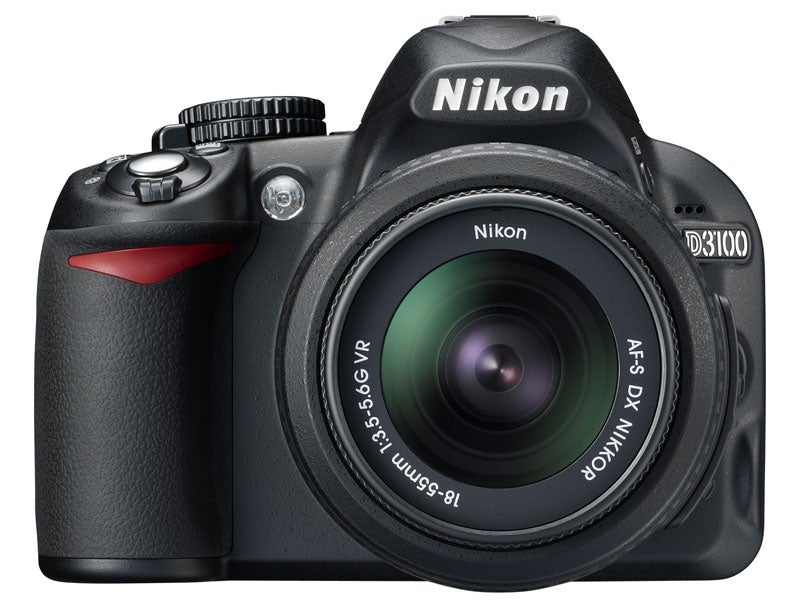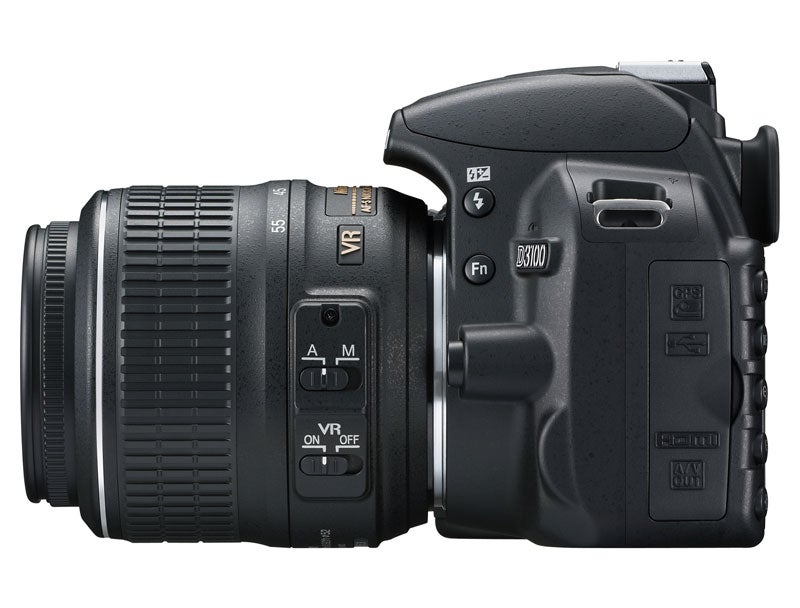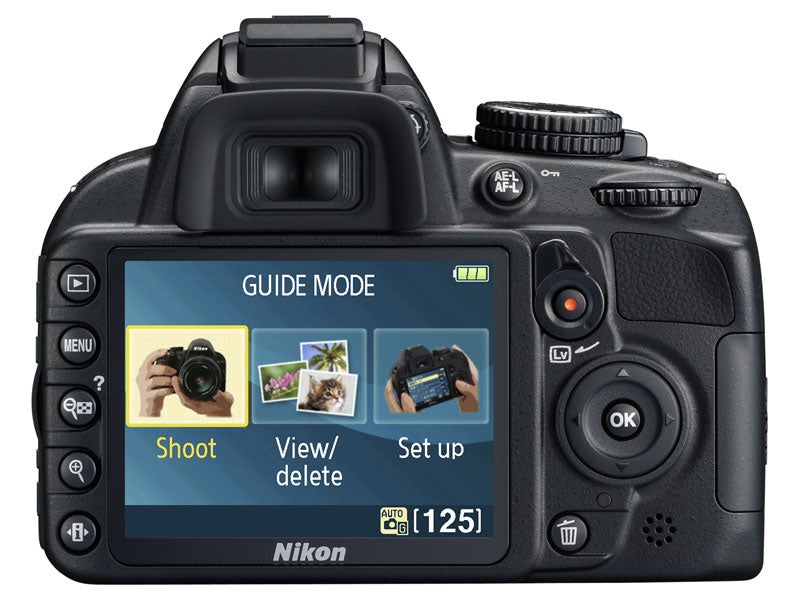Nikon D3100 Review - The Nikon D3100 looks to raise the bar for entry-level DSLRs. But just how good is it? What Digital Camera's Nikon D3100 review digs below the surface to try and find out...
Nikon D3100 Review
Performance
Nikon D3100 review – Performance

In use the Nikon D3100 is a generally reliable performer. The autofocus system is the already established Multi-CAM 1000 module as found in the Nikon D3000 camera before it. Of the 11-points the centre one is a cross-type that means enhanced centre sensitivity for both vertical and horizontal use.
The same three frames per second burst shooting also remains, capable of capturing 11 Raw + Jpeg frames or 41 fine Jpeg frames before showing signs of slowing (using Panasonic Gold Class 6 SD card). When shooting using the viewfinder there’s a 95% field of view which means a small 5% frame edge isn’t seen in composition but appears in the final shot, a common – almost standard in fact – standard for this level of camera.
However, the arrangement of AF points is relatively wide and each of the points light up red to confirm focus and the whole set-up is ideal for versatile shooting situations. There’s even a 3D tracking mode that’s effective for tracking moving subjects that won’t necessarily remain on a single focus plane.
The only downside is that the focusing isn’t always super-fast, but firmly stands its ground when considering the competitor models out there.

Kit lens modes
The 18-55mm kit lens also provides an ‘A/M’ (Auto / Manual) focus switch on the barrel for quick adjustment and a VR On/Off switch to turn on the lens’s image stabilisation system to counter camera shake.
Lens-based stabilisation provides the benefit of real-time stabilisation as seen through the viewfinder, rather than just in the final images. Lenses without stabilisation, of course, will fail to benefit from this feature and it’s also worth noting that older lenses also won’t autofocus as the D3100 depends on a lens-based focus drive, as per AF-S and AF-I lens types (nothing to worry about unless you own older F-mount lenses and are looking for a new digital body to upgrade to).
Switch live view mode on and the focus type shifts over to the slower contrast-detection form. So, should you intend to use the live preview on screen it’s best targeted at still-lifes, landscapes or similar scenes.
Focus can be rather slow here and particularly struggles when trying to pick out subjects with subtle gradients and non-defined edges. Thankfully an AF-assist lamp can come to the rescue to provide illumination and more accurate focus – a feature that, oddly, doesn’t feature on a number of competitor cameras.
The LCD screen’s 230k-dot resolution is a fairly common spec, though at 3in in size it’s a good tool to work with and deals with reflective sunlight relatively well too.

Movie focus
When shooting movies, which can only be captured in the live view setting, it’s worth noting that the focus type is the same as per stills capture in live view. This essentially means that attempts at any dynamic focusing during recording will over and under focus a subject before it becomes sharp and, irrelevant of the focus mode the camera is set in, a half depression of the shutter button is always required to adjust focus.
In many ways this permits a level of control to avoid the camera shifting out of focus when fixed on a single object, but make no bones about it this isn’t like using a video camera and won’t easily continually focus on moving subjects. Saying that, almost all other DSLR-type cameras suffer from exactly the same issues and, where the D3100 is concerned, there’s an ace up its sleeve: Full HD 1080p capture at 24fps.
No other DSLR in this class can currently boast this level of resolution using progressive capture (despite the sensor only outputting in an interlaced format at this resolution). 720p is also available at 24, 25 or 30fps. And, just to sheen up an already well-polished spec, Nikon has ditched the Motion JPEG capture format and opted for the better-regarded H.264 compression type.




